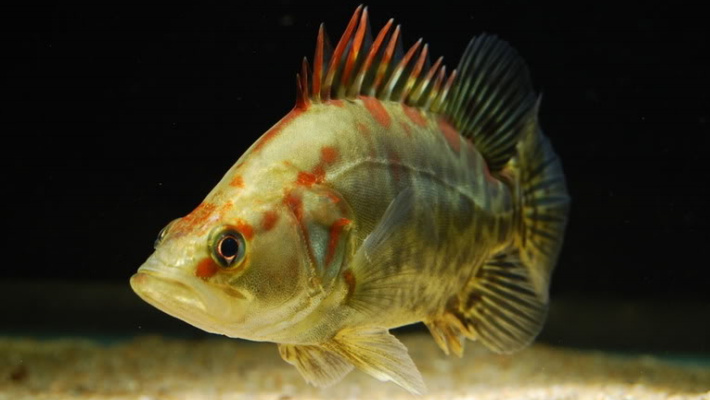|
Generally, Gammarus pulex and other amphipods are
rather omnivorous than strictly detritivorous freshwater crustaceans (for
rivew, see MacNeil et al., 1977).
In
particular, G. pulex is most attracted to the aufwuchs on the conditioned discs
made of poplar (Populus canadensis)
leaves and less to the leaves themselves (De Lange et al., 2005). According to data obtained by these authors, fungi
and bacteria within the conditioned leaves are more important than green algae Scenedesmus obliquus.
Exudates of
isopod Asellus aquaticus trigger active feeding behaviour in G. pulex as potential predators (Bengtsson, 1982). It is shown that
15 individuals of A. aquaticus placed
in the 1000 ml bottle actively release in the water amino acid exudates. Within
the first 2 hours of incubation, arginine (8022 ng per liter), lysine,
tryptophan and histidine are most abundant. Wisenden
et al. (1999) have also shown that G.
minus display feeding responses to odor of squashed sympatric isopod Lirceus fontinalis.
Wudkevich et al. (1997) have exposed Gammarus lacustris to chemical stimuli from injured conspecifics and
to chemical stimuli from two types of natural predators: dragonfly larvae, Aeshna eremita, and pike, Esox lucius. An exposure to these three
stimuli causes G. lacustris to reduce
significantly the level of their activity suggesting the presence of an alarm pheromone in the body tissues of G. lacustris. Similarly, chemical
stimuli from sculpin, Cottus gobio, and brown trout, Salmo trutta,
induce short decreasing locomotory activity of G. pulex, whereas
an odor of freshwater signal crayfish, Pacifastacus leniusculus, is
indifferent (Åbjörnsson et al., 2000). There are no significant differences
in activity of G. pulex exposed to water scented by sculpin or
trout, these responses are also independent of the previous diets (G. pulex
or isopod A. aquaticus)
of predatory fish.
Yet, Kullman
et al. (2008) have examined the tendency to aggregate in G. pulex in the absence and presence of predatory fish
odor. In conditioned with
the threespined
sticklebacks Gasterosteus aculeatus water, amphipods significantly prefer to stay close to conspecifics.
Basic References
Åbjörnsson
K., Dahl J., Nyström P., Brönmark C. 2000. Influence of predator and dietary chemical cues
on the behaviour and shredding efficiency of Gammarus pulex. Aquatic Ecology 34, 379-387
Bengtsson
G. 1982. Energetic costs of amino acid exudation in the interaction between the
predator Gammarus pulex L. and the prey Asellus aquaticus L. Journal
of Chemical Ecology 8, 1271-1281
De Lange H.J.,
Lürling M., Van Den Borne B., Peeters E.T.H.M. 2005. Attraction of the amphipod Gammarus pulex to water-borne cues of food. Hydrobiologia 544, 19-25
Kullmann
H., Thűnken T., Baldauf S.A.,
Bakker T.C.M., Frommen J.G. 2008. Fish odour triggers conspecific attraction behaviour in an aquatic invertebrate. Biology Letters 4,
458–460
MacNeil C., Dick J.T., Elwood R.W. 1977. The trophic ecology
of freshwater Gammarus spp.
(Crustacea: Amphipoda): problems and perspectives concerning the functional
feeding group concept. Biological Reviews of the Cambridge Philosophical Society 72, 349-364
Wisenden
B.D., Cline A., Sparkes T.C. 1999. Survival benefit to antipredator behavior in the
amphipod Gammarus minus in response to injury-released chemical cues
from conspecifics and heterospecifics. Ethology
105, 407-414
Wudkevich
K., Wisenden B.D., Chivers D.P., Smith R.J.F. 1997. Reactions of Gammarus
lacustris (Amphipoda) to chemical stimuli from natural predators and
injured conspecifics. Journal of Chemical
Ecology 23, 1163-1173
|








 SUBSCRIBE
SUBSCRIBE


